Research & Restoration
The Glen Arboretum is an important resource for university research. Many in the Towson University community have volunteered their time and energy in restoration projects to assure that the Glen Arboretum can continue to be a valuable university and community resource. Listed below are descriptions of ongoing research and restoration efforts.
Restoration
Restoration Project
Since 2013 paid students have worked at removal of the invasive plants that proliferate in the Glen Arboretum. These students removed English ivy, Japanese honeysuckle, oriental bittersweet, wineberry, multiflora rose and other invasive plants. These efforts have been funded from The Fisher College of Science and Mathematics and by grants from Baltimore Gas and Electric and the Chesapeake Bay Trust.
In addition to their work, these students organized volunteer workdays in which each year over 200 members of the general student population, including sports clubs, sororities, and other groups, also worked on restoring the Glen. Their work involves removal of invasive plants, clearing trails and debris and planting trees, shrubs and herbs. Each spring brings a contest between student groups to collect the greatest quantity of garlic mustard, an invasive plant. The winning groups receive a cash award to their Student Government Accounts.
Goats Control Invasive Plants
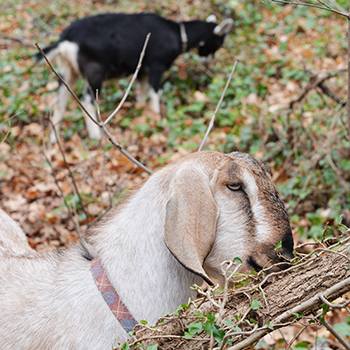
Beginning in 2014 and each subsequent fall, a herd of goats reduced non-native invasive plant cover in the arboretum. The goats browsed a one-quarter to half-acre area each year. The event was very popular amongst students and received media attention from television stations, newspapers and radio stations.
The Glen Arboretum’s 10 Most Wanted Trees
There are 10 trees on the Glen Arboretum's "most wanted" list that would help to complete the collection. The list is also available in print format: Glen Arboretum’s 10 Most Wanted Trees (PDF). Each of the links below takes you to a database of plants on the site of the Natural Resources Conservation Service.
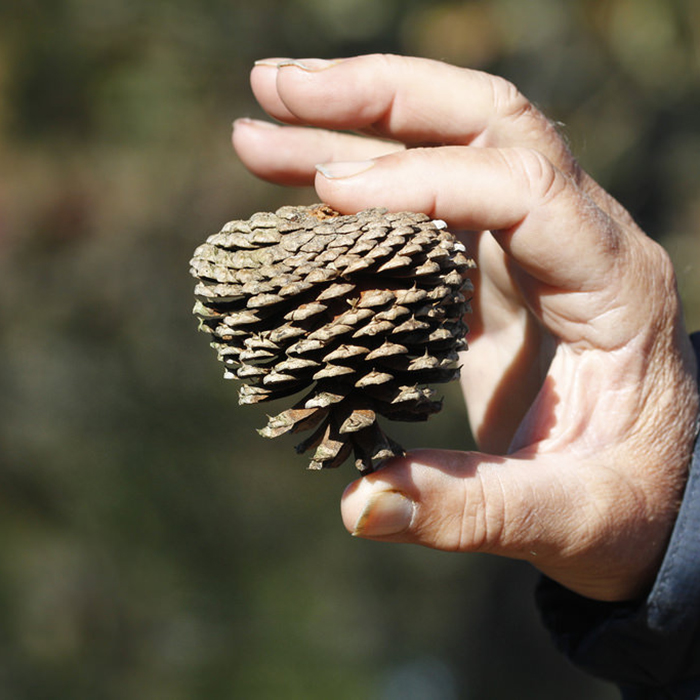
1. Pond Pine
This three-needled pine (Pinus serotina) is uncommon in Maryland and found only on the Eastern Shore in wet, peaty areas. It is fire resistant.
Pond Pine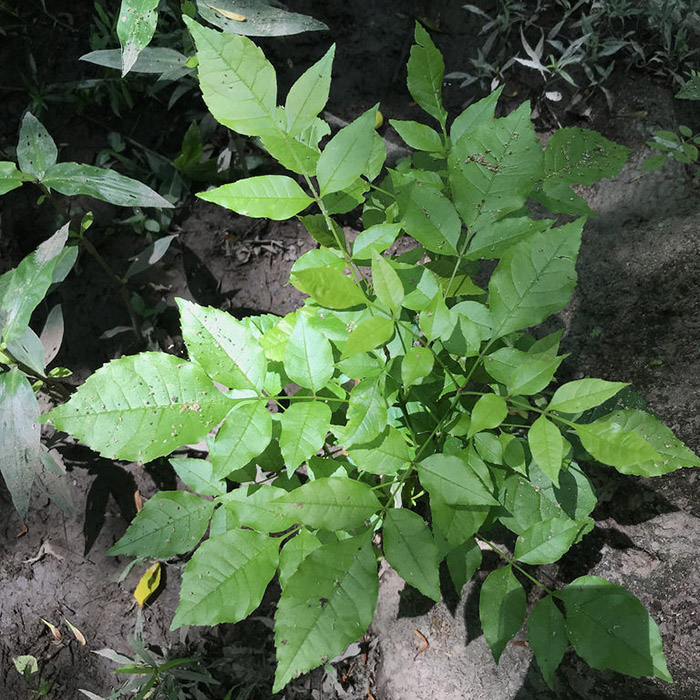
2. Black Ash
The Black Ash (Fraxinus nigra) with 7 to 13 leaflets reaches its southern distribution in Maryland along the Mason-Dixon line and is on the state watch list (S3).
Black Ash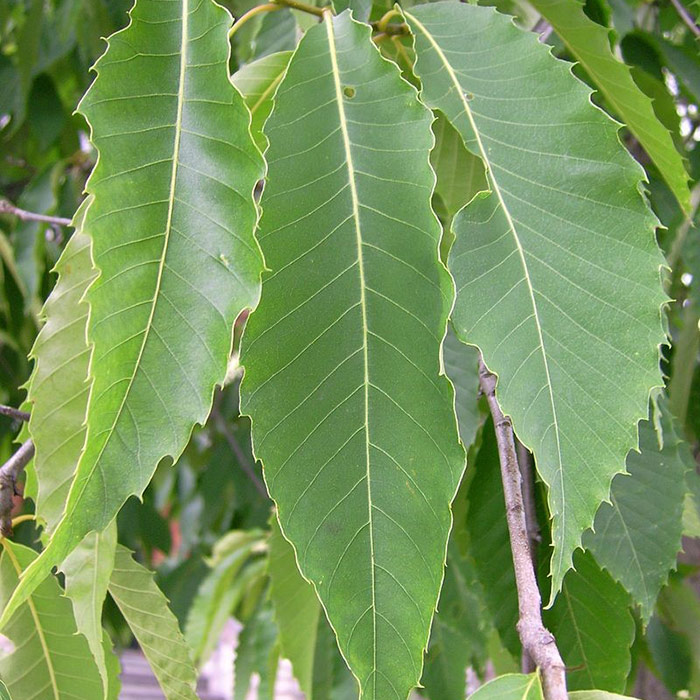
3. American Chestnut
American Chestnut (Castanea dentata) — Once abundant throughout the state, the chestnut blight has killed virtually all of the trees. A hybrid cross that is 99% American chestnut is now available. (Image source: Fungus Guy, own work, CC BY-SA 3.0.)
American Chestnut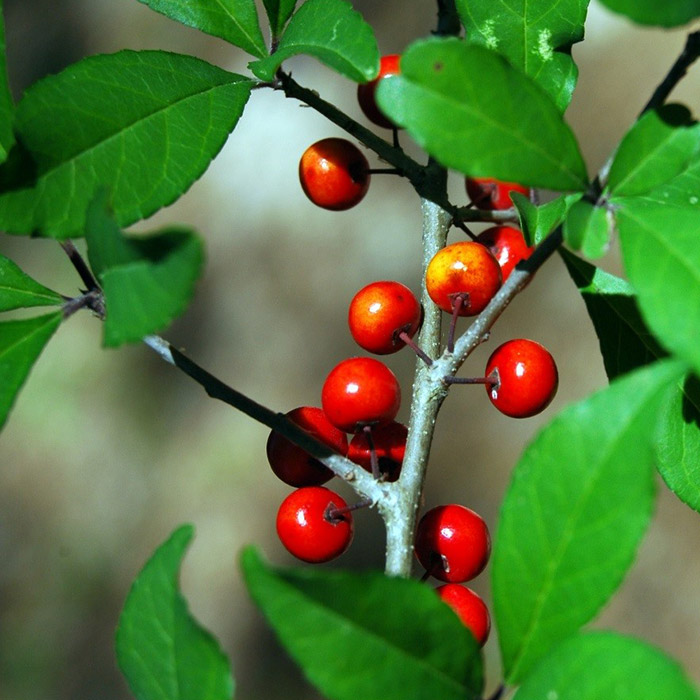
4. Possum Haw
Possum Haw (Ilex decidua) — A small tree or shrub found in Southern Maryland. Related to American holly, it is deciduous and retains its bright red berries through the winter. Its male and female flowers are on different plants. (Image source: Jeremy Stovall.)
Possum Haw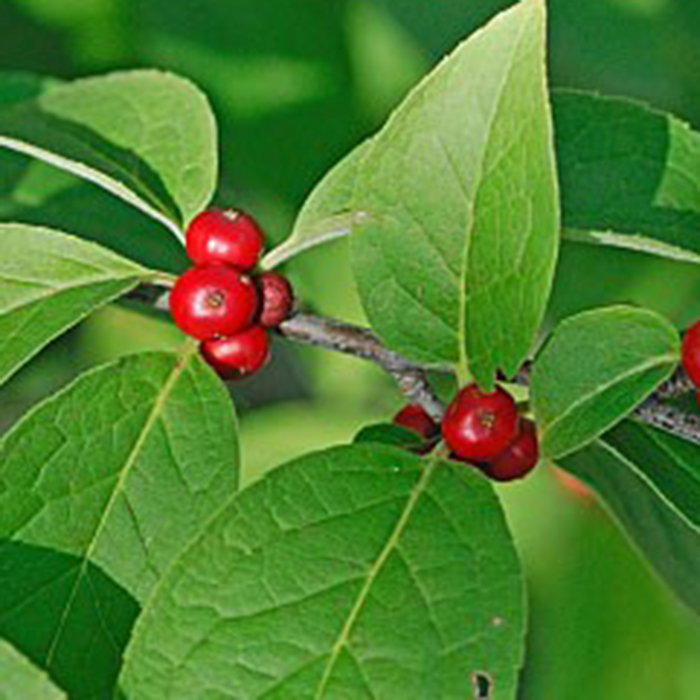
5. Mountain Holly
Mountain Holly (Ilex montana) — A small tree or shrub found in Western Maryland. Similar to Possum Haw, except it has red bark and orange-red berries. (Image source: Gary Fleming.)
Mountain Holly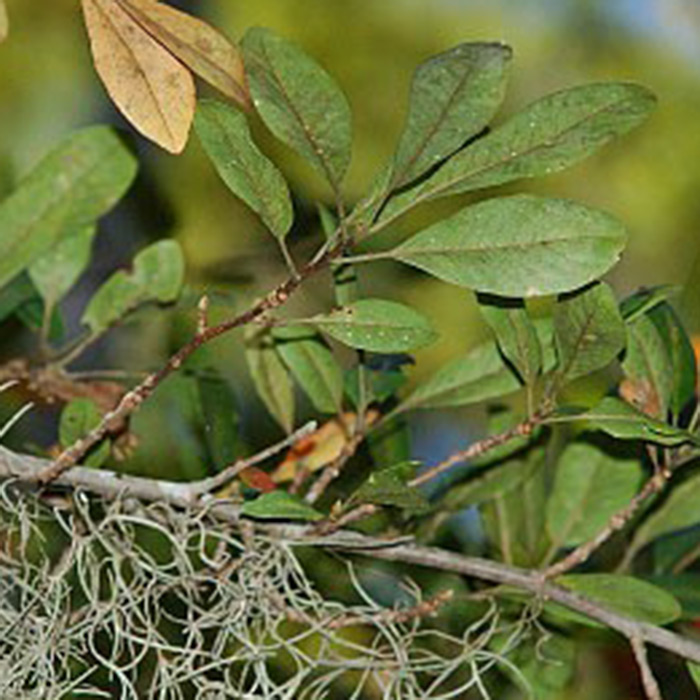
6. Swamp Tupelo
Swamp Tupelo (Nyssa biflora) — A tree of swamps found in the tree swamps of the Maryland Eastern Shore. Very similar to Black Gum and perhaps a subspecies, Swamp Tupelo has rounded leaf tips. (Image source: Gary Fleming.)
Swamp Tupelo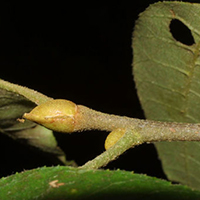
7. Sand Hickory
Sand hickory (Carya pallida) — Found only on the coastal plain, this rare species inhabits sandy soils and may no longer exist in Maryland.
Sand Hickory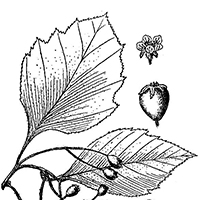
8. Pear Hawthorn
Pear hawthorn (Crataegus calpodendron) — A small tree or shrub found in Garrett County of Maryland, but widespread throughout the Eastern United States.
Pear Hawthorn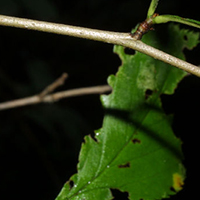
9. Waxy-Fruited Hawthorn
Waxy-fruited hawthorn (Crataegus punctata) — A small tree common in Allegany and Garrett Counties. It is characterized by slender, sharp spines with attractive spring flowers. Image source: © Steven J. Baskauf
Waxy-Fruited Hawthorn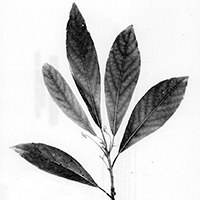
10. Silk Bay
Silk bay (Persea palustris) — This close relative of the avocado tree is found in the swamps of Maryland on the extreme Eastern Shore. It has leathery, evergreen leaves.
Silk BayResearch
Copper Roof Grant
Copper is a common and useful building material. Copper run-off from homes, businesses and public buildings, however, may be affecting our aquatic systems. This led to the copper roof research project funded by the Copper Development Association and International Copper Association and conducted under the direction of Ryan Casey and David Ownby (Department of Chemistry & Forensic Science) and Steven Lev (Department of Physics, Astronomy and Geosciences).
In the Glen Arboretum the researchers have constructed a copper-roofed shelter to examine the chemistry of the runoff and evaluate the remediation of that runoff through rain gardens. The rain gardens removed 84-99 percent of the copper in the storm water. This suggests that these strategies could be successfully implemented at other sites with copper roofing installations. Once the research project is completed the shelter will be included in the facilities for use in the Glen Arboretum.
Bee Project
Under the direction of John Lapolla (Department of Biological Sciences), undergraduate student Cheyenne Owens conducted a research project on the diversity of bees within the Glen Arboretum. She identified well over one thousand bees and established 19 new county records for species previously undocumented in Baltimore County.
Photosynthesis in Sunflecks
Plants growing beneath a forest canopy experience light in sunflecks of varying duration. These sunflecks account for much of the photosynthetic energy captured by the plants. In the spring, understory herbs have long periods of full sunlight and short periods of shade. In contrast, summer herbs experience long periods of deep shade interrupted by short periods of high light.
Photosynthesis during the change from low to high light for spring and summer herbs was studied by Jim Hull (Department of Biological Sciences) in the Glen Arboretum. He found distinct differences among plants of the different growth periods. In general the stomata open more rapidly and maximum photosynthetic rates are attained more quickly in the shaded summer plants than in the exposed spring plants.
Bat Boxes
A student-led project under the direction of Dr. Colleen Winters installed a bat box near the Glen Towers bridge to attract bats in the summer. Once inhabited, the bats can significantly reduce mosquito populations.
Class Use
Numerous classes from across the university utilize the Glen Arboretum as a resource. Biology students investigate the ecology, art students paint impressions of trees, film students record scenes, and environmental science students study water quality.
Bird Watching
Towson University alumni, students and community members contributed to a bird census of the Glen Arboretum recording 62 species of birds, ten of which nest in the Glen. The birds of the Glen is included on the off-campus website ebird. Learn more about the Birds of the Glen Arboretum (PDF).